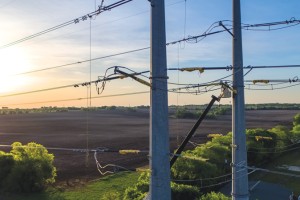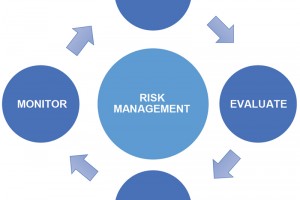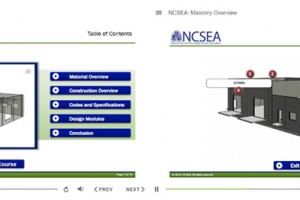“Come gather ’round people wherever you roam and admit that the waters around you have grown and accept it that soon you’ll be drenched to the bone. If your time to you is worth savin’, then you better start swimmin’, or you’ll sink like a stone for the times they are a-changin’.” – Bob Dylan
Times in the electric utility world seem to be more rapidly a-changin’ than ever before. Why you may ask, do I mention the electrical utility industry in STRUCTURE magazine? While it is obvious that Electrical Engineers are the beating heart (at 60 Hz) of the electric power grid, Civil and Structural Engineers add the bones and create the muscle that helps give the grid its strength, durability, and, dare I add, resiliency? The challenges facing the electric power grid are unique and unprecedented. As the Bob Dylan refrain elaborates, the waters of change are growing and we… better start swimmin,’ or you’ll sink like a stone!
…






